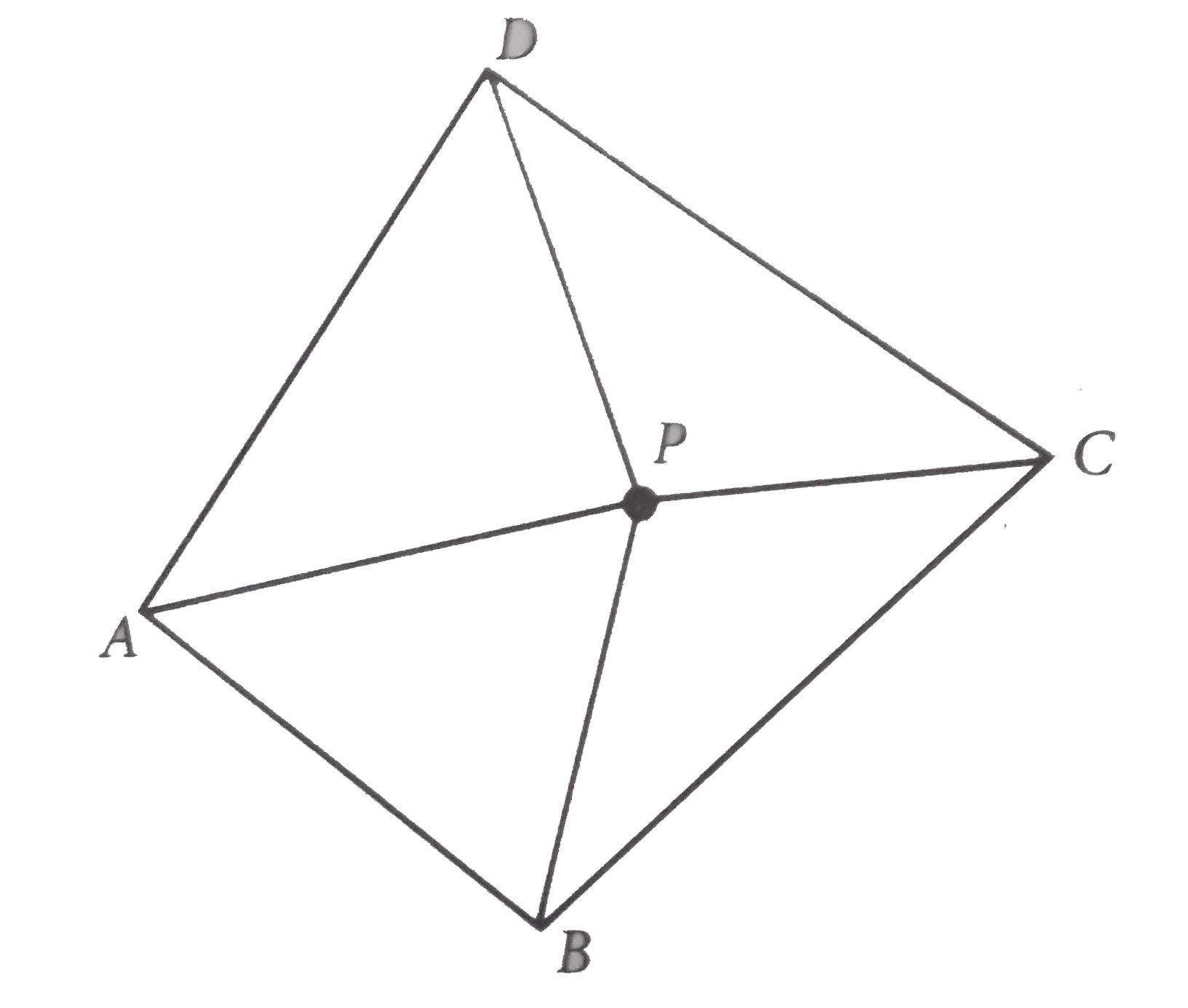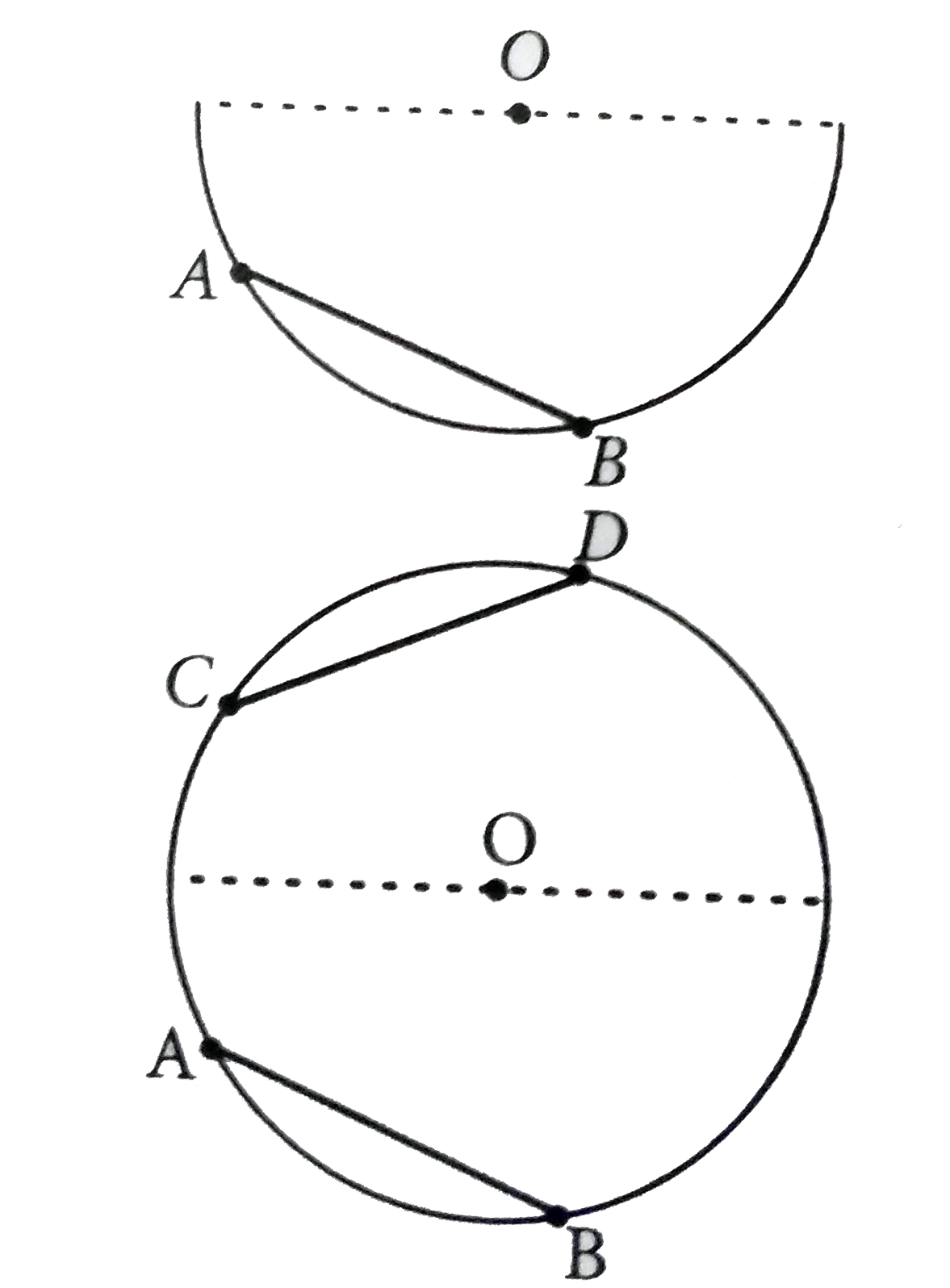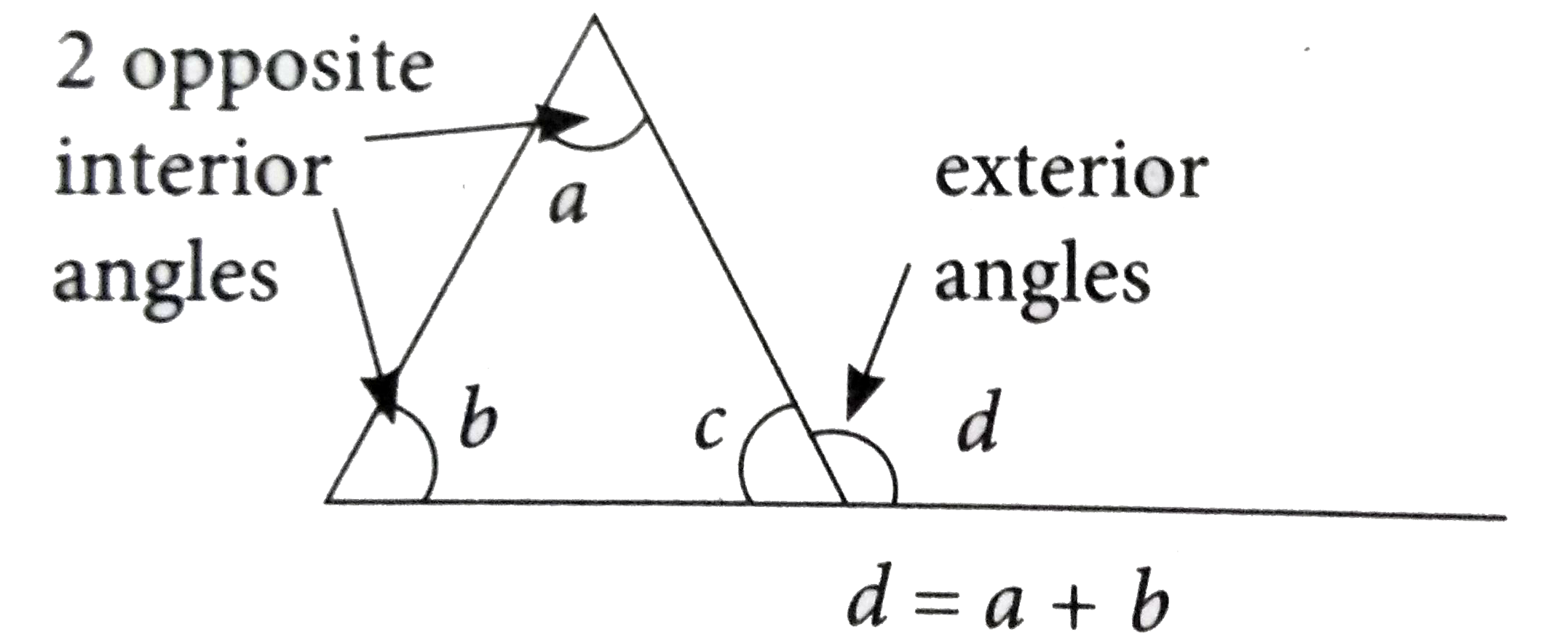Four Tamil Nadu State transport buses take the following routes. The first is a one - way journey, and the rest are round trips. Find the places on the map, put points on them and connect them by lines to draw the routes. The places connecting four different routes are given as follows.
(i) Nagercoil, Tiruneveli, Virudhnagar, Madurai
(ii) Sivagangai, Puthukottai, Thanjavur, Dindigul
(iii) Erode, Coimbatore, Dharmapuri, karur
(iv) Chennai, Cuddalore, Krishnagiri, Vellore You will get the following shapes.

Label the vertices with city names, draw the shapes exactly as they are shown on the map without rotations. Solution in Tamil
Step by step video & image solution for Four Tamil Nadu State transport buses take the following routes. The first is a one - way journey, and the rest are round trips. Find the places on the map, put points on them and connect them by lines to draw the routes. The places connecting four different routes are given as follows. (i) Nagercoil, Tiruneveli, Virudhnagar, Madurai (ii) Sivagangai, Puthukottai, Thanjavur, Dindigul (iii) Erode, Coimbatore, Dharmapuri, karur (iv) Chennai, Cuddalore, Krishnagiri, Vellore You will get the following shapes. Label the vertices with city names, draw the shapes exactly as they are shown on the map without rotations. by Maths experts to help you in doubts & scoring excellent marks in Class 9 exams.
Updated on:21/07/2023Topper's Solved these Questions
- GEOMETRYBOOK - FULL MARKSCHAPTER - GEOMETRYEXERCISE - Activity - 4
1 Videos
- GEOMETRYBOOK - FULL MARKSCHAPTER - GEOMETRYEXERCISE - Activity - 5
1 Videos
- GEOMETRYBOOK - FULL MARKSCHAPTER - GEOMETRYEXERCISE - Activity - 1
1 Videos
- COORDINATE GEOMETRYBOOK - FULL MARKSCHAPTER - COORDINATE GEOMETRYEXERCISE - TEXTBOOK ACTIVITY
2 Videos
- MENSURATION BOOK - FULL MARKSCHAPTER - MENSURATION EXERCISE - Assignment (II. Answer the following questions)
8 Videos
Similar Questions
Angle sum for a polygon
Draw any quadrilateral ABCD.
Mark a point P in its interior.
Join the segments PA, PB, PC and PD
You have 4 triangles now.
How much is the sum of all the angles of the 4 triangles ?
How much is the sum of the angles at P ?
Can you now find the 'angle sum' of the quadrilateral ABCD ?
Can you extend this idea to any polygon ?

View SolutionProcedure :
(i) Draw a circle with centre O and with suitable radius.
(ii) Make it a semi - circle through folding . Consider the poin A,B on it
(iii) Make crease along AB in the semi circles and open it.
(iv) We get one more crease line on the another part of semi circle, name it as CD (observe AB= CD)
(v) Join the radius to get the ΔOAB and ΔOCD.
(vi) Using trace paper, take the replicas of triangle ΔOAB and ΔOCD
(vii) Place these triangles ΔOAB and ΔOCD one on the other.
Observation :
(i) What do you observe ? Is ΔOAB≡ΔOCD ?
(ii) Construct perpendicular line to the chords AB and CD passing through the centre O. Measure the distance from O to the chords

View SolutionTake three different colour sheets , place one over the other and draw a triangle on the top sheet. Cut the sheets to get triangles of different colour which are identical. Mark the vertices and the angles as shown. Place the interior angles ∠1,∠2 and ∠3 on a straight line, adjacent to each other, without leaving any gap. What can you say about the total measure of the three angles ∠1,∠2 and ∠3 ?


Can you use the same figure to explain the ''Exterior angle property'' of a triangle ? If a side of a triangle is stretched, the exterior angle so formed is equal to the sum of the two remote interior angles.
View SolutionPlot the following points on a graph sheet by taking the scale as 1cm=1 unit.
Find how far the points are from each other?
A(1,0) and D(4,0). Find AD and also DA.
Is AD=DA?
You plot another set of points and verify your Result.

View SolutionFind the area of a quadrilateral ABCD where AB = 7 cm, DA = 15 cm, AC = 9 cm, BC = 6 cm and CD = 12 cm.
View SolutionThere are 5 routes ferom A to B and 3 routes from place B to place C. Find how many different routes are there from A to C via B.
View SolutionSynthesis of propellane takes placed by the following route. Q. The product (w) is:
View SolutionTo travel from a place A to place B, there are two different bus routes B1,B2 , two different train routes T1,T2 and one air route A1 . From place B to place C there is one bus route say B1 two different train routes say T1,T2 and one air route A1 . Find the number of routes of commuting from place A to place C via place B without using similar mode of transportation.
View SolutionThere are four bus routes between And B , and three bus routes between B and C. A man can travel round - trip in number of ways by bus from A and C via B . If he does not want to use a bus route more than once ,in how many ways can he make round trip ?
View SolutionThere are four bus routes between A and B, and three bus routes between B and C. A man can travel round trip in number of ways by bus from A to C via B. If he does not want to use a bus route more than once, in how many ways can he make round trip ?
View SolutionStudy the map given below and answer the questions that follow: (a) Name the transport route shown in the map. (b) Name the continents connected with this route. (c ) Name the extreme points of this route. (d) What is the length of this route? (e) How is this railway network important for the economy? (f) Explain any two features of this route.
View SolutionA और B के बीच चार बस मार्ग है तथा B और C के बीच तीन बस मार्ग है। एक व्यक्ति B से होकर A से C तक जाने में बस द्वारा राउंड यात्रा (round trip), अर्थात आने - जाने की यात्रा कर सकता है। यदि वह एक बस मार्ग के एक से अधिक बार प्रयोग नहीं करना चाहता है, तो वह आने - जाने की यात्रा कितनी विधियों से कर सकता है ?
View SolutionThere are 3 routes from A to place B and 2 routes from place B to C . Find how many different routes are there from A to C.
View Solution
Synthesis of propellane takes placed by the following route.
Q. The product (w) is:
View SolutionThere are 5 routes ferom A to B and 3 routes from place B to place C. Find how many different routes are there from A to C via B.
View Solution
